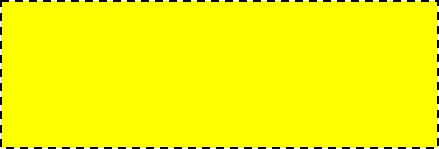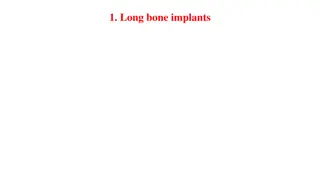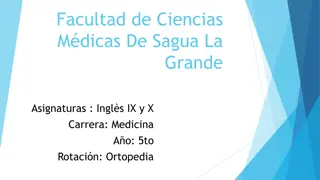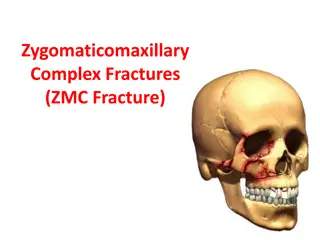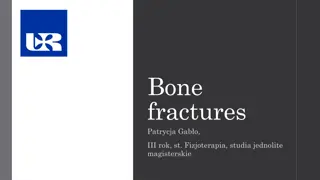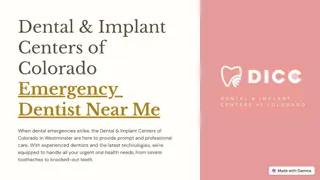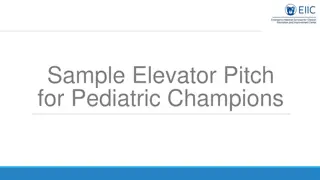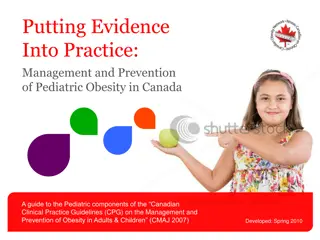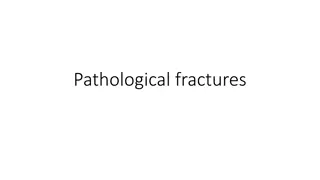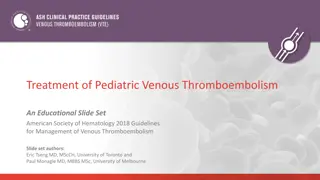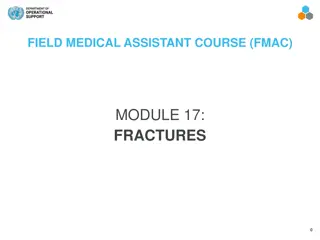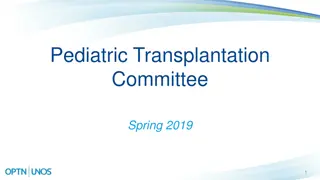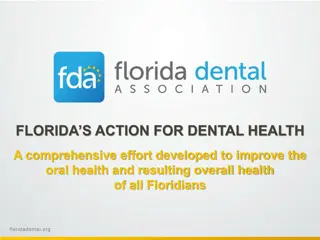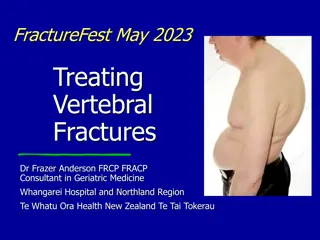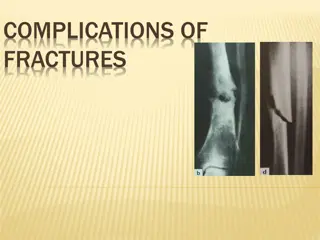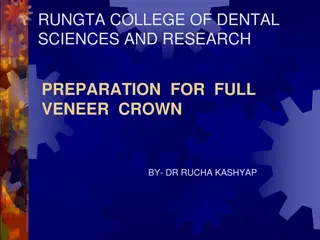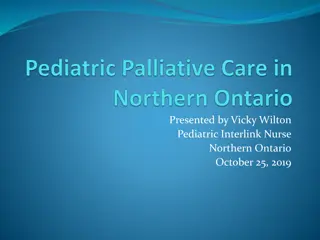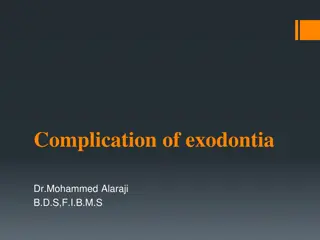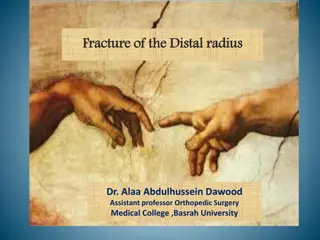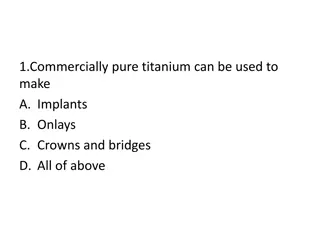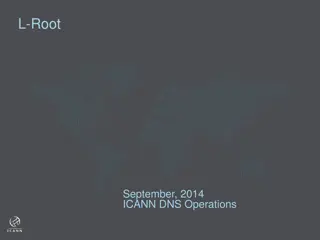Pediatric Dental Crown and Root Fractures Management Guidelines
Guidelines for managing pediatric dental crown and root fractures are provided based on the type and severity of the fracture, along with treatment recommendations, follow-up schedules, and parent/patient education tips. The content covers uncomplicated crown fracture, primary tooth enamel-dentine fracture, complicated crown fracture, crown-root fracture, and root fracture scenarios. It includes information on radiograph recommendations, anesthesia usage, pulp exposure management, restorations, and follow-up protocols to ensure optimal dental care for pediatric patients.
Download Presentation

Please find below an Image/Link to download the presentation.
The content on the website is provided AS IS for your information and personal use only. It may not be sold, licensed, or shared on other websites without obtaining consent from the author. Download presentation by click this link. If you encounter any issues during the download, it is possible that the publisher has removed the file from their server.
E N D
Presentation Transcript
Uncomplicated Crown Fracture Primary tooth Enamel fracture Enamel-Dentine facture Mobility, Discoloration Tenderness to manual pressure Mobility, Discoloration Tenderness to manual pressure Radiograph optional (1 Periapical film size 0 or Occlusal film size 2) No radiograph recommended Smooth sharp edges Cover dentine exposure with GI / Composite resin Parent / Patient Education Eating care, avoid further trauma Clean the affected area with soft brush / Cotton swab with 0.1-0.2 % Chlorhexidine mouthwash (2 times / day for 1 week) Follow-up Enamel fracture Enamel-dentin fracture 1 wk 4 wk 6-8 wk 3 mo 4 mo 6 mo 1 yr Yearly No F/U recommended C C= Clinical review appointment
Primary tooth Complicated Crown Fracture Complicated crown fracture Mobility, Discoloration Tenderness to manual pressure 1 Periapical film size 0 or Occlusal film size 2 + Soft tissue radiograph Small pulp exposure Local anesthesia Large pulp exposure Local anesthesia Partial pulpotomy with Ca(OH)2 or Biodentine + Restoration Cervical pulpotomy with Ca(OH)2 or Biodentine + Restoration Parent/ Patient Education Eating care, avoid further trauma Clean the affected area with soft brush / Cotton swab with 0.1-0.2 % Chlorhexidine mouthwash (2 times / day for 1 week) Follow-up Complicated crown fracture 1 wk 4 wk 6-8 wk 3 mo 4 mo 6 mo 1 yr Yearly C C C+R C = Clinical review appointment R = Radiographic advised
Crown-Root Fracture Primary tooth Crown-root fracture Mobility, Discoloration Tenderness to manual pressure 1 Periapical film size 0 or Occlusal film size 2 Local anesthesia Remove loose fragment Unrestorable Restorable No pulp exposed Cover dentine with GI Pulp exposed Extract loose fragment and leave any firm root Pulpotomy / Pulpectomy (Depend on stage of root development) Parent / Patient Education Eating care, avoid further trauma Clean the affected area with soft brush / Cotton swab with 0.1-0.2 % Chlorhexidine mouthwash (2 times / day for 1 week) Follow-up Crown-Root fracture 1 wk 4 wk 6-8 wk 3 mo 4 mo 6 mo 1 yr Yearly C C C+R C = Clinical review appointment R = Radiographic advised
Root Fracture Primary tooth Root fracture Mobility, Discoloration Tenderness to manual pressure 1 Periapical film size 0 or Occlusal film size 2 Coronal segment is not displaced. Coronal segment is displaced. No treatment Excessively mobile & Occlusal interference Not excessively mobile Local anesthesia Follow- up Leave spontaneous reposition Even if there is some occlusal interference. Extract coronal fragment Leave apical fragment Reposition coronal fragment If unstable Splint 4 weeks 1 wk 6-8 wk 1 yr Yearly C C C C* Parent / Patient Education Eating care, avoid further trauma Clean the affected area with soft brush / Cotton swab with 0.1-0.2 % Chlorhexidine mouthwash (2 times / day for 1 week) Follow- up Follow- up 1 wk 4 wk 8 wk 1 yr Yearly 1 yr Yearly C C + S C C C* C C* C = Clinical review appointment S = Splint removal C* = Clinical follow-up yearly until eruption of permanent teeth
Alveolar Fracture Primary tooth Alveolar fracture 1 Periapical film size 0 or Occlusal film size 2 Mobility, Discoloration Tenderness to manual pressure A lateral radiograph may give information about the relationship between the maxillary and mandibular dentitions and if the segment is displaced in a labial direction If Local anesthesia Reposition and Splint 4 weeks Monitor eruption of permanent teeth at 6 years of age (C**) Parent / Patient Education Eating care, avoid further trauma Clean the affected area with soft brush / Cotton swab with 0.1-0.2 % Chlorhexidine mouthwash (2 times / day for 1 week) Follow-up 1 wk 4 wk 8 wk 3 mo 4 mo 6 mo 1 yr Yearly 6 yr Alveolar fracture C C+R +S C C +R C** C = Clinical review appointment R = Radiographic advised S = Splint removal C** = Further follow-up at 6 years old: monitor eruption of permanent teeth)
Concussion & Subluxation Primary tooth Subluxation Concussion Mobility, Discoloration Tenderness to manual pressure Mobility, Discoloration Tenderness to manual pressure 1 Periapical film size 0 or Occlusal film size 2 No radiograph recommended Observe Observe Parent / Patient Education Eating care, avoid further trauma Clean the affected area with soft brush / Cotton swab with 0.1-0.2 % Chlorhexidine mouthwash (2 times / day for 1 week) Follow-up 1 wk 4 wk 6-8 wk 3 mo 4 mo 6 mo 1 yr Yearly Concussion Subluxation C C C C C* C = Clinical review appointment C*= Clinical follow-up yearly until eruption of permanent teeth
Extrusive Luxation Primary tooth Extrusive luxation Mobility, Discoloration Tenderness to manual pressure 1 Periapical film size 0 or Occlusal film size 2 Not interfere occlusion Excessively mobile / Extrude > 3 mm. Local anesthesia Leave spontaneous reposition Extraction Parent / Patient Education Eating care, avoid further trauma Clean the affected area with soft brush / Cotton swab with 0.1-0.2 % Chlorhexidine mouthwash (2 times / day for 1 week) Follow-up 1 wk 4 wk 6-8 wk 3 mo 4 mo 6 mo 1 yr Yearly Extrusion C C C C* C = Clinical review appointment C*= Clinical follow-up yearly until eruption of permanent teeth
Lateral luxation Primary tooth Lateral luxation Mobility, Discoloration Tenderness to manual pressure 1 Periapical film size 0 or Occlusal film size 2 Minimal / No occlusal interference Severe displacement Local anesthesia Reposition & Splint for 4 weeks Extraction Allows spontaneous reposition (usually 6 months) Parent/ Patient Education Eating care, avoid further trauma Clean the affected area with soft brush / Cotton swab with 0.1-0.2 % Chlorhexidine mouthwash (2 times / day for 1 week) Follow-up 1 wk 4 wk 8 wk 3 mo 4 mo 6 mo 1 yr Yearly Lateral luxation C C+S C C C C* C = Clinical review appointment S = Splint removal C*= Clinical follow-up yearly until eruption of permanent teeth
Intrusive Luxation & Avulsion Primary tooth Avulsion Intrusive luxation Mobility, Discoloration Tenderness to manual pressure 1 Periapical film size 0 or Occlusal film size 2 1 Periapical film size 0 or Occlusal film size 2 Allow spontaneous reposition (usually 6-12 months) No replantation For severe intrusion, monitor eruption of permanent teeth at 6 years old (C**) Monitor eruption of permanent teeth at 6 years old (C**) Parent / Patient Education Eating care, avoid further trauma Clean the affected area with soft brush / Cotton swab with 0.1-0.2 % Chlorhexidine mouthwash (2 times / day for 1 week) Follow-up 1 wk 4 wk 6-8 wk 3 mo 4 mo 6 mo 1 yr Yearly 6 yr Intrusion Avulsion C C C C C C** C** C= Clinical review appointment C**= Further follow-up at 6 years old: monitor eruption of permanent teeth









